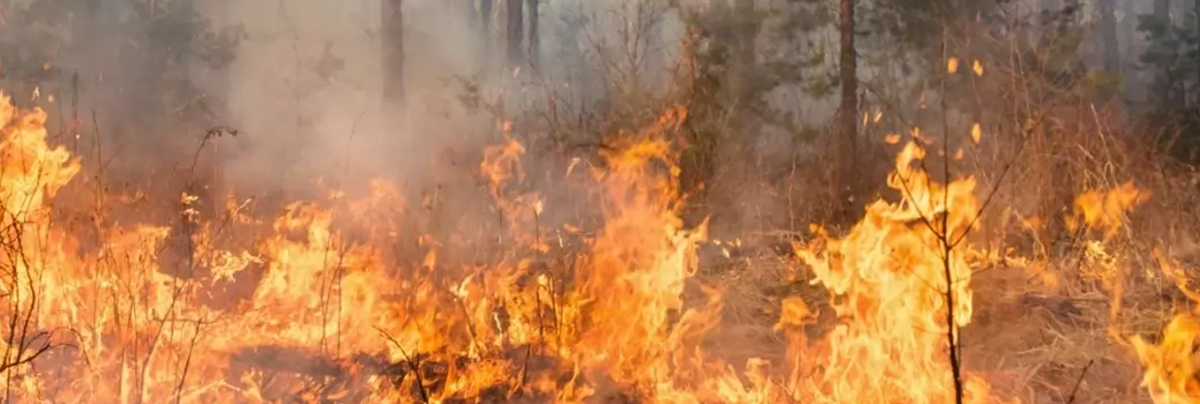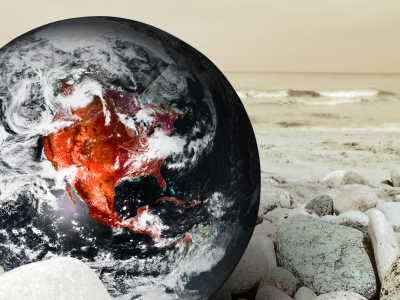Hawaii, an idyllic island paradise known for its lush rainforests, pristine beaches, and temperate climate, has recently been subjected to wildfires, an unusual occurrence that has many concerned. From a climate change risk management perspective, these fires serve as a potent reminder of the far-reaching consequences of global warming.
Hawaii’s Changing Climate
Historically, Hawaii has enjoyed a stable, tropical climate. However, recent times have seen an increase in both temperature and drought conditions. Warmer temperatures have led to drier landscapes, and prolonged droughts have made the islands more susceptible to wildfires.
While wildfires in areas like California are common due to their Mediterranean climate, Hawaii’s increasing vulnerability to such fires is alarming. This trend is symptomatic of the larger global issue of unpredictable and severe weather patterns due to climate change.
Examples:
1. Altered Rainfall Patterns: Hawaii relies on its wet season to replenish its freshwater reserves and maintain its lush landscapes. Changes in global weather patterns have led to decreased and inconsistent rainfall in the islands.
2. Rising Temperatures: The global rise in temperatures means that even tropical paradises are not exempt. Hotter days lead to quicker evaporation, drying out landscapes and making them fire-prone.
Climate Change Risk Management Implications:
1. Ecological Impact: Wildfires can drastically alter Hawaii’s unique ecosystems, threatening endemic species and disrupting the balance of its delicate environments.
2. Economic Repercussions: Tourism, a significant contributor to Hawaii’s economy, may suffer. Damaged landscapes, poor air quality, and the perceived threat of wildfires can deter potential tourists.
3. Agricultural Concerns: Farming, particularly crops like sugarcane and coffee, can be adversely affected. Not only are farms at risk of burning, but the post-fire soil erosion can degrade agricultural lands.
4. Infrastructure and Real Estate: Fires can damage infrastructure and reduce property values, leading to economic hardships for local residents and businesses.
A Call to Action
From a risk management perspective, understanding and addressing the reasons behind Hawaii’s increasing susceptibility to wildfires is crucial.
1. Land Management: Practices like controlled burns, removing invasive species that may act as fire fuel, and maintaining firebreaks can reduce the risk.
2. Water Conservation: Efficient water use can ensure that there’s enough water to combat fires and support the local ecology.
3. Community Preparedness: Educating communities on fire safety, creating evacuation plans, and investing in firefighting resources can help in mitigating the damage when fires do occur.
4. Addressing the Root Cause: Ultimately, the long-term solution lies in global efforts to combat climate change. This involves transitioning to renewable energy sources, reducing carbon footprints, and supporting sustainable practices.
The wildfires in Hawaii serve as a stark reminder of the cascading effects of climate change. As these issues intensify globally, regions previously considered safe from such disasters are now finding themselves at risk. From a risk management standpoint, it’s clear that both local and global actions are necessary. While immediate measures can mitigate damage, a concerted global effort is required to address the root causes and protect our planet’s diverse and unique habitats.














